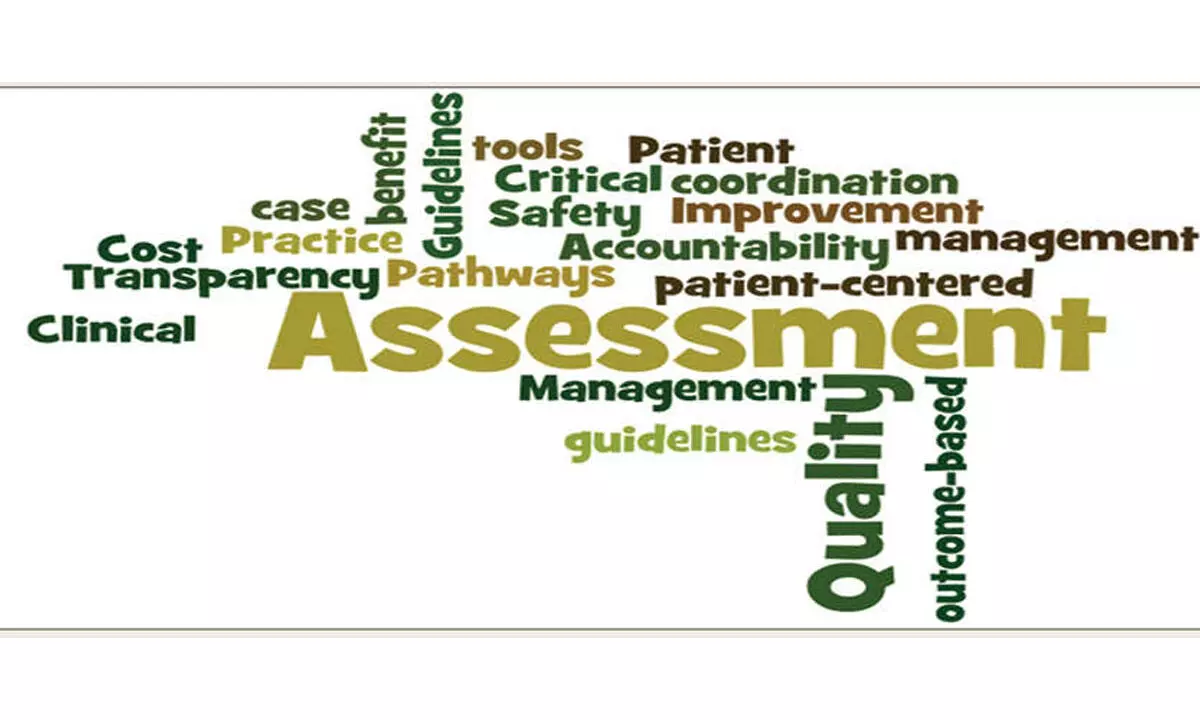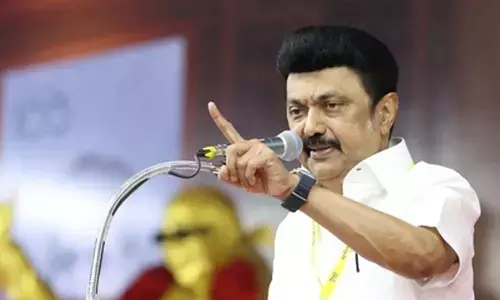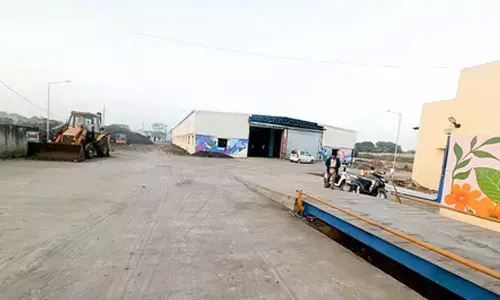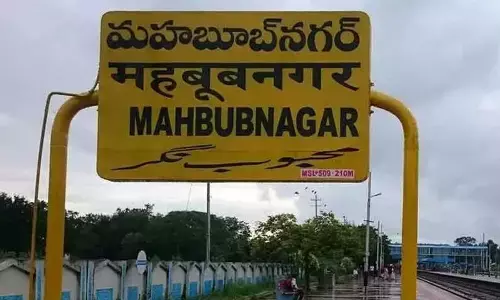India paying a heavy long-term price for compromising on quality in healthcare

Braving hardships, tertiary care institutions like AIIMS and other public sector entities are doing wonderfully well
Recently a self-assessment was done by the Union Ministry of Health and Family Welfare of the health facilities in States and Union Territories (UTs) covered under the National Health Mission (NHM). The data was shared on the Indian Public Health Standards (IPHS) dashboards, which showed that nearly 80 per cent of public health entities in India do not meet the minimum essential standard for infrastructure, man power, equipment and other benchmarks set by the government.
Around 40,451 health facilities had filled in key statistics in the Open Data Kit - a digital tool - developed by the Ministry of Health and Family Welfare.
The findings, at least for me, are not surprising at all. These are in sync with the ground realities. The condition of primary and secondary healthcare in the public sector has always been a matter of concern. It is equally good or bad in the private sector, barring some exceptions. Certainly, some tertiary care institutions like AIIMS, PGIMERs and other such entities in the public sector are doing a superb job, notwithstanding the multiple hardships and constraints they face. These facilities are the last hope for the have-nots, low, and middle-income group people of the country, who cannot afford starred facilities in the private sector, as these are costlier and perhaps not meant for the ordinary people like most of us.
Required infrastructure, human resources, drugs, diagnostics and equipment to provide quality and effective essential health services have become a challenge for the country, despite consistent reiteration of elected governments at the Centre and in the states to create a healthier and more equitable society. It is said that there are over two lakh public healthcare facilities including district hospitals, sub-district hospitals, community health centres, PHCs and Ayushman Arogya Mandir, earlier known as sub-health centres, which are covered under NHM, a flagship scheme of the Central government.
I don’t know how people of the country will benefit from them even if most of the health institutions under the NHM are made IPHS compliant without streamlining the process of delivering services to the needy efficiently.
For over thirty years, I have not seen any momentous improvement in terms of ease for the patients at the routine OPD care in top public sector hospitals. Their emergency wards are always dotted with patients. At times, one gets the impression that the emergency units are nothing short of a dumping ground, an agonizing observation indeed, which I make with a broken heart. Over the years, hardly any serious, regular and sustainable efforts have been made to expand emergency health facilities to cope with increasing patient pressure, fix accountability in terms of their maintenance and effectiveness, and ensure due diligence in auditing their qualities. Even after almost eight decades of Independence, we are quite casual in our collective approach in streamlining our healthcare system and bringing them to a level, which gives us a sense of satisfaction and assurance.
Health being a state subject, there is always confusion in owning responsibility about the sorry-state-of-affairs in this key sector, which plays a pivotal role in improving people’s overall well-being. There is hardly a mechanism where an inherent provision fixes accountability and penalizes the negligent authorities in case of deficiency in services. Everyone gets a salary and a long rope but without any accountability. Even the government does not bother much in this regard. Apart from routine interventions, we rarely see any out-of-the-box initiative to strengthen the system and eliminate the rot having thickened over the years. I am not saying that nothing good has happened in our primary, secondary and tertiary healthcare facilities in the public sector. But there is a huge scope for further improvement in their basic functioning.
Who are the real sufferers? It is certainly the poor people, who are heavily dependent on government health facilities. Even lower and middle income urban and rural populations rely upon the public sector facilities for tertiary health care. With an insurance cover of Rs. five lakh for a family of four members, one does not have enough courage to step into the private sector hospitals unless left with no option. To drive home the point, I would cite my own personal experience. I have bought an insurance cover of Rs four lakh from a south India headquartered firm. My son had a wrist injury, which required operation and implants. The private sector facility gave the estimated cost of Rs five lakh. We went to the government hospital where the final cost including medicines and implants was around Rs 64,000.
The trauma I suffered in claiming back the insurance benefit from the firm is a different story. Given the fact that majority of our people are not in a position to afford either the cost of an insurance policy or that of private sector treatment, they are destined to rush their patients to the chaotic world of public sector health facilities. It is not a healthy situation indeed, and needs to be transformed for multiple reasons. Without ensuring universal access to quality and affordable healthcare, the idea of Viksit Bharat won’t serve any purpose. It is time to adopt the policy of one nation, one quality of health, and one cost across the country. Health sector should be declared a not-for-profit area. Therefore, non-government players should enter this vital sector only to serve the people, and not to mint money as is happening so rampantly and brazenly. Let us accept the fact that in a country like India where income and wealth disparities are monstrous, we cannot undermine the importance of universal quality and affordable healthcare.
We must do away with private sector medical colleges as well. Efforts must be made to stop private practice by the government doctors. At least six per cent of GDP spending on the health sector will help us build and upgrade hospitals, clinics, and other facilities, especially in rural and underserved areas. More funding for medical research will lead to innovations in treatment and healthcare delivery.
Let us strive honestly to achieve the goal of universal quality and affordable healthcare to all. It’s not the time to relish tall claims and hollow promises.















